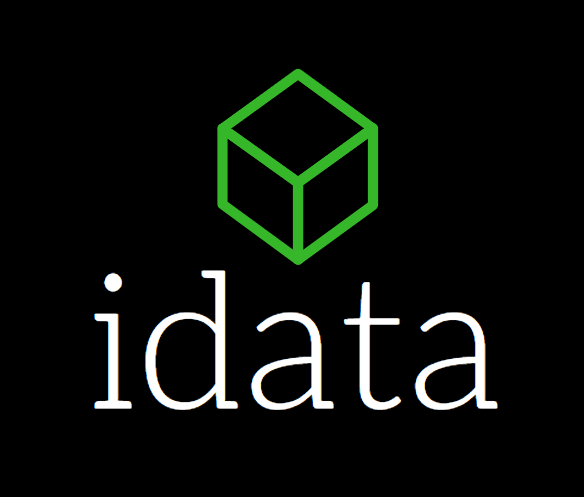A Deep Dive into Apache Iceberg
Enter Apache Iceberg, a high-performance format reshaping the landscape of big data management. This open-source project, housed within the Apache Software Foundation, introduces a revolutionary approach, bringing the dependability of SQL tables to the dynamic realm of big data analytics. As engines like Spark, Trino, Flink, Presto, Hive, and Impala sail together on the same sea of data, Apache Iceberg emerges as a lighthouse, guiding them safely through the challenges of simultaneous table interactions. In this blog we will explore how Apache Iceberg is transforming the way organizations handle, evolve, and derive insights from their colossal datasets.
One of the standout features of Apache Iceberg is its support for flexible SQL commands, allowing users to seamlessly merge new data, update existing rows, and perform targeted deletes. Iceberg provides the flexibility to either eagerly rewrite data files for optimal read performance or use delete deltas for faster updates, adapting to the specific needs of the analytical workload.
Schema evolution is a breeze with Iceberg. Adding a column or making changes to the existing schema doesn't result in the resurrection of "zombie" data. Users can confidently rename and reorder columns without the headache of rewriting the entire table, offering a level of agility that is crucial in dynamic data environments.
Iceberg takes on the tedious task of producing partition values for rows in a table, eliminating the need for manual intervention. It intelligently skips unnecessary partitions and files, ensuring that no extra filters are needed for fast queries. The table layout can be updated seamlessly as data or queries evolve, contributing to the adaptability and efficiency of the system.
The concept of time-travel in Iceberg enables reproducible queries by using exactly the same table snapshot, allowing users to examine changes easily. Version rollback adds an extra layer of flexibility, empowering users to quickly correct problems by resetting tables to a known good state. These features make Iceberg an invaluable tool for maintaining data consistency and reliability.
Data compaction is another out-of-the-box feature of Apache Iceberg, providing users with the option to choose from different rewrite strategies such as bin-packing or sorting. This optimization of file layout and size enhances overall performance, ensuring that organizations can make the most of their storage resources.
In conclusion, Apache Iceberg stands as a powerful solution for organizations dealing with the complexities of big data analytics. Its support for flexible SQL commands, seamless schema evolution, intelligent partitioning, time-travel capabilities, and data compaction features make it an indispensable tool for managing large-scale datasets efficiently and reliably. As the demand for robust analytics solutions continues to grow, Apache Iceberg emerges as a key player in unlocking the true potential of big data.

